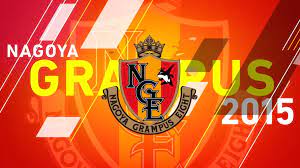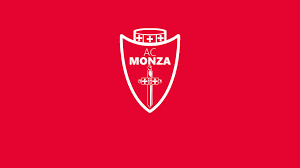Valley Parade, home to Bradford City AFC, is not just a stadium; it symbolizes the rich tapestry of football history in England. This iconic venue has witnessed decades of triumphs, heartaches, and community spirit, making it an integral part of the sporting landscape. In exploring the many facets that contribute to its status as a timeless football icon, we discover that Valley Parade holds within its walls stories of passion, resilience, and unity.
Introduction to Valley Parade Stadium
Situated in the heart of Bradford, West Yorkshire, Valley Parade has become synonymous with the essence of English football. Opened in 1886, the stadium has undergone numerous transformations, reflecting the changes in the sport over more than a century. From its humble origins to its current state, Valley Parade encapsulates the evolution of football culture itself.
The stadium’s architecture tells a story of its own—an amalgamation of traditional and modern elements that cater to both the nostalgia of long-time fans and the expectations of contemporary spectators. The iconic stands, filled with passionate supporters on match days, resonate with chants and cheers, echoing the fervor that defines football in England. Valley Parade is not merely a location for matches; it serves as the beating heart of a community deeply connected through their love of the game.
The History and Development of the Stadium
Valley Parade was initially constructed to accommodate the growing number of football enthusiasts eager to support their local team. Over the years, it has transformed dramatically, adapting to the needs of both players and fans alike.
The early years were characterized by wooden structures and open terraces, providing a stark contrast to today’s all-seater stadium. Such structural evolution mirrors the shifts in football regulations and safety standards, particularly after tragic events such as the Hillsborough disaster which led to sweeping changes across UK stadiums.
In the late 1990s, Valley Parade underwent significant redevelopment, culminating in a modern facility that retained its historical charm while offering improved amenities. Today, it boasts several stands that provide excellent sightlines and comfort, ensuring that every match day experience is memorable for fans. This blend of history and modernization is what gives Valley Parade its unique character, making it a cherished landmark for generations.
The Role of Valley Parade in English Football
Beyond serving as the home ground for Bradford City AFC, Valley Parade occupies a special place within the larger context of English football. Throughout its existence, it has played host to various high-profile matches, including FA Cup ties and international fixtures, contributing to its reputation as a significant venue in the footballing realm.
Moreover, Valley Parade has been a stage for legendary players who have left their mark on the sport. Their performances resonate in the minds of supporters, creating a living legacy within the stadium walls. The camaraderie developed among fans during thrilling encounters fosters a sense of community that extends well beyond the pitch.
One cannot overlook the role of Valley Parade in nurturing young talent. The club’s academy has produced several notable players who have gone on to play at higher levels, showcasing the stadium’s commitment to developing the future of football. As such, Valley Parade is not only a place to witness games but a breeding ground for dreams and aspirations.
Key Events at Valley Parade
Over its storied history, Valley Parade has been the backdrop for countless unforgettable moments that have defined both the stadium and the club. These key events have shaped the narrative of Bradford City AFC and its supporters, imbuing the arena with a rich emotional resonance.
Legendary Matches at the Stadium
Several legendary matches have etched themselves into the annals of Valley Parade’s history, each carrying with it a tale of drama and passion. One of the most memorable instances occurred during the FA Cup run in 1911 when Bradford City clinched the trophy with a 1-0 victory against Newcastle United. The euphoria that erupted from the stands that day marked a high point in the club’s history and solidified Valley Parade’s status as a hallowed ground.
Another notable match came in the 1985 promotion playoffs, where the atmosphere was electric as Bradford faced the odds to secure their ascent to the Second Division. Encounters like these are often referred to as defining moments for the club and highlight the strength of the bond between the fans and their team.
These legendary matches serve not only as reminders of sporting achievements but also as catalysts for community pride. Fans remember where they were during these games, recounting tales filled with emotion and excitement, further uniting them in shared experiences. Valley Parade transcends mere athletics; it becomes a canvas upon which the supporters paint their memories.
Conclusion
In conclusion, Valley Parade stands as a timeless football icon, forged through the trials and tribulations of its storied past. From its historic matches and moments etched in memory to its profound impact on the local community, the stadium embodies the essence of what it means to be a part of something greater than oneself.





